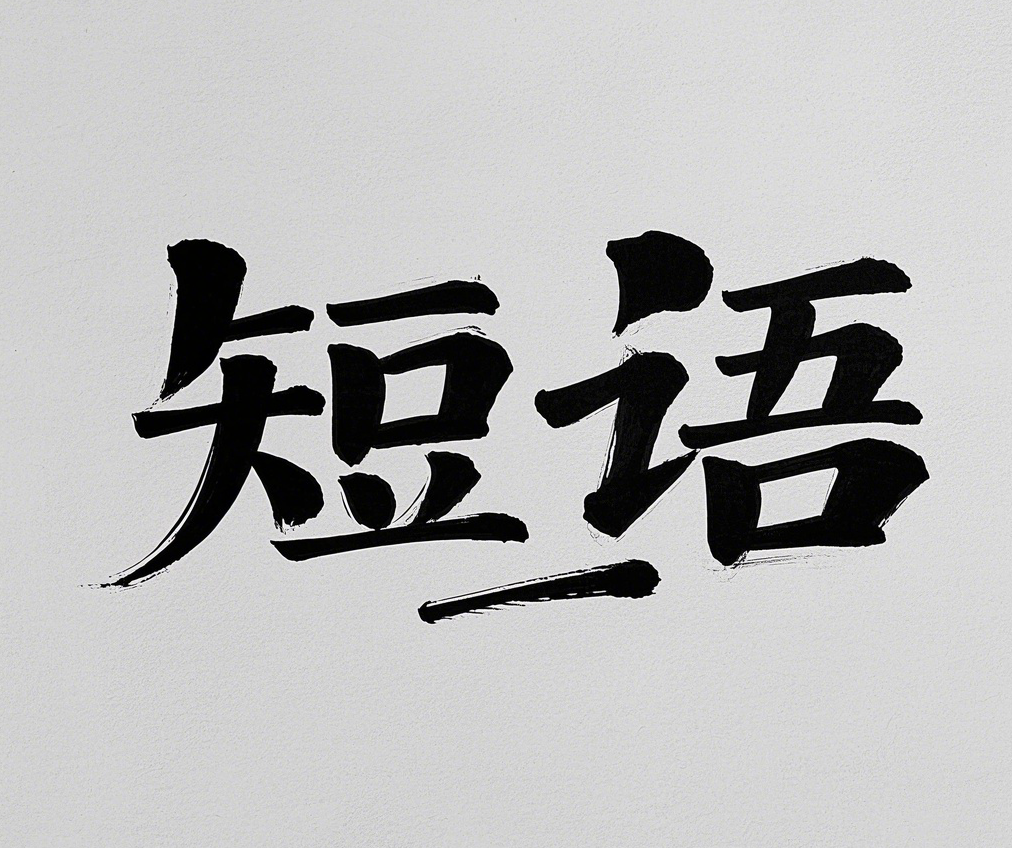automatic weft supply
简明释义
自动换纡
英英释义
例句
1.Implementing an automatic weft supply can lead to fewer interruptions during the weaving process.
实施自动纬纱供给可以减少织造过程中的中断。
2.The new weaving machine features an automatic weft supply, which greatly increases production efficiency.
这台新织机具有自动纬纱供给,大大提高了生产效率。
3.With the automatic weft supply, operators can focus on quality control instead of constantly feeding yarn.
有了自动纬纱供给,操作员可以专注于质量控制,而不必不断地喂入纱线。
4.The textile factory invested in an automatic weft supply system to reduce labor costs.
这家纺织厂投资了一个自动纬纱供给系统,以降低人工成本。
5.The automatic weft supply ensures a consistent tension in the fabric being produced.
该自动纬纱供给确保所生产织物的张力一致。
作文
In the world of textile manufacturing, efficiency and precision are paramount. One of the most significant advancements in this field is the concept of automatic weft supply. This technology has revolutionized the way fabrics are produced, allowing for a more streamlined process that enhances productivity while maintaining high-quality standards. The term automatic weft supply refers to a system that automatically feeds the weft yarn into the weaving machine without the need for manual intervention. This innovation not only saves time but also reduces the chances of human error, which can lead to defects in the final product.The importance of automatic weft supply cannot be overstated. In traditional weaving processes, operators had to manually insert the weft yarn, which was a labor-intensive task. This method often resulted in inconsistencies in tension and placement of the weft, affecting the overall quality of the fabric. With the introduction of automatic weft supply, manufacturers can achieve uniformity in their products, ensuring that each piece of fabric meets the desired specifications.Moreover, automatic weft supply systems are designed to work seamlessly with modern weaving machines. These systems utilize advanced sensors and control mechanisms that monitor the weaving process in real-time. If a problem arises, such as a break in the weft yarn, the system can quickly respond by pausing the machine or adjusting the supply to maintain optimal performance. This level of automation not only enhances the quality of the fabric but also minimizes downtime, allowing manufacturers to increase their output significantly.Another advantage of automatic weft supply is its contribution to cost efficiency. By reducing the need for manual labor, companies can allocate their resources more effectively. Workers can focus on more complex tasks that require human oversight, while the repetitive nature of feeding the weft yarn is handled by the automated system. This shift not only improves operational efficiency but also allows businesses to remain competitive in a market where cost control is essential.In addition to economic benefits, automatic weft supply systems are also environmentally friendly. By optimizing the use of materials and minimizing waste, these systems contribute to more sustainable manufacturing practices. For instance, precise control over the weft supply means that less yarn is wasted during production, which is a significant step towards reducing the environmental impact of textile manufacturing.As the textile industry continues to evolve, the role of technologies like automatic weft supply will only become more critical. Manufacturers who embrace these innovations will likely lead the way in creating high-quality fabrics efficiently and sustainably. In conclusion, the advent of automatic weft supply technology marks a pivotal moment in textile production, offering numerous advantages that enhance both the quality of the final product and the efficiency of the manufacturing process. As we look to the future, it is clear that automation will play an integral role in shaping the landscape of the textile industry, making it essential for manufacturers to adapt and innovate in order to thrive.
在纺织制造的世界中,效率和精确度至关重要。这个领域最重要的进展之一就是自动经纱供给的概念。这项技术彻底改变了面料的生产方式,使得流程更加简化,从而提高了生产力,同时保持高质量标准。术语自动经纱供给指的是一种系统,它可以自动将经纱喂入织机,而无需人工干预。这一创新不仅节省了时间,还减少了人为错误的可能性,这可能导致最终产品的缺陷。自动经纱供给的重要性不容小觑。在传统的织造过程中,操作员必须手动插入经纱,这是一项劳动密集型的任务。这种方法常常导致经纱张力和位置的不一致,从而影响面料的整体质量。随着自动经纱供给的引入,制造商可以实现产品的一致性,确保每块面料都符合所需规格。此外,自动经纱供给系统设计得与现代织机无缝协作。这些系统利用先进的传感器和控制机制实时监控织造过程。如果出现问题,例如经纱断裂,系统可以迅速响应,通过暂停机器或调整供给来保持最佳性能。这种自动化水平不仅提高了面料的质量,还最小化了停机时间,使制造商能够显著提高产量。自动经纱供给的另一个优势是其对成本效率的贡献。通过减少对人工的需求,公司可以更有效地分配资源。工人可以专注于更复杂的需要人工监督的任务,而将重复的经纱供给工作交给自动化系统。这种转变不仅改善了运营效率,还使企业能够在成本控制至关重要的市场中保持竞争力。除了经济效益外,自动经纱供给系统也是环保的。通过优化材料的使用和最小化浪费,这些系统有助于更可持续的制造实践。例如,对经纱供给的精确控制意味着在生产过程中浪费的经纱更少,这是减少纺织制造环境影响的重要一步。随着纺织行业的不断发展,像自动经纱供给这样的技术角色将变得愈发重要。那些拥抱这些创新的制造商可能会在高效和可持续地创造高质量面料方面走在前列。总之,自动经纱供给技术的出现标志着纺织生产的一个关键时刻,提供了众多优势,提升了最终产品的质量和制造过程的效率。展望未来,显然自动化将在塑造纺织行业的格局中发挥不可或缺的作用,使制造商必须适应和创新才能蓬勃发展。
相关单词
